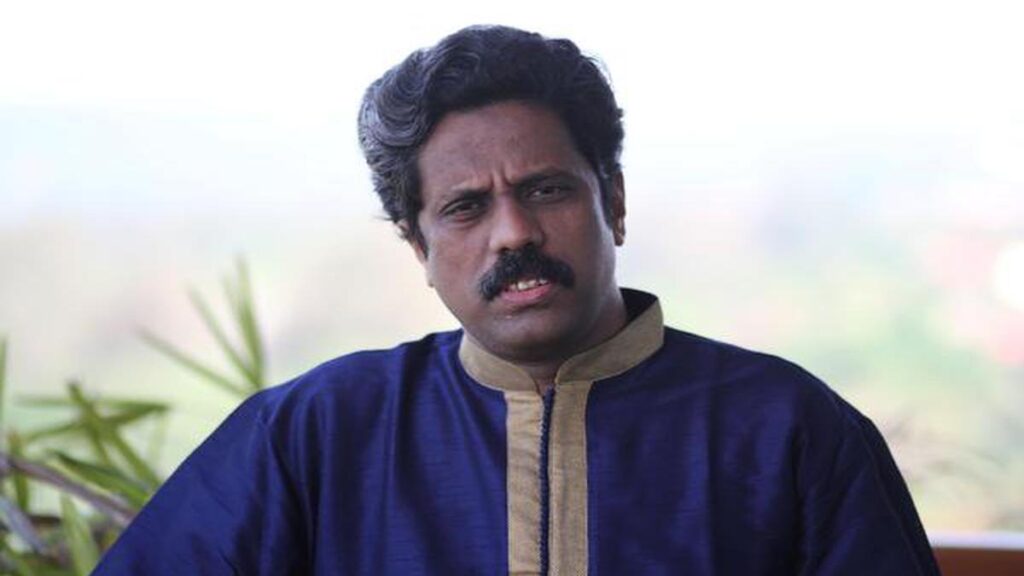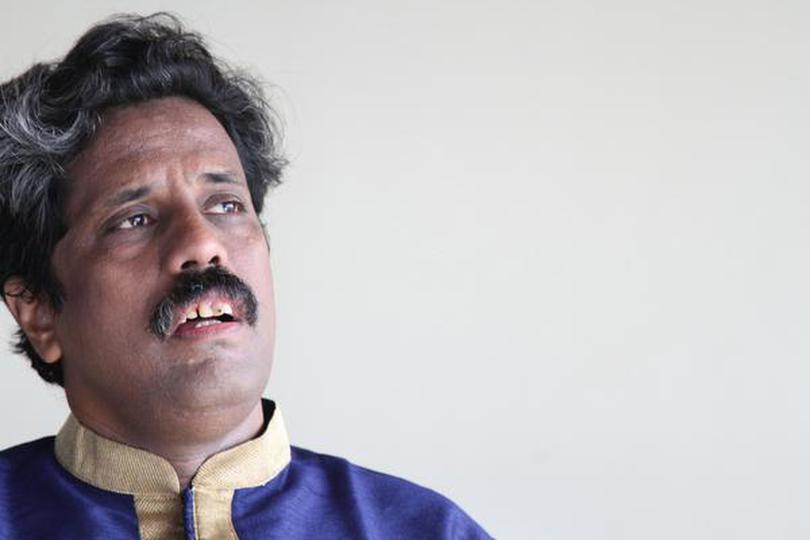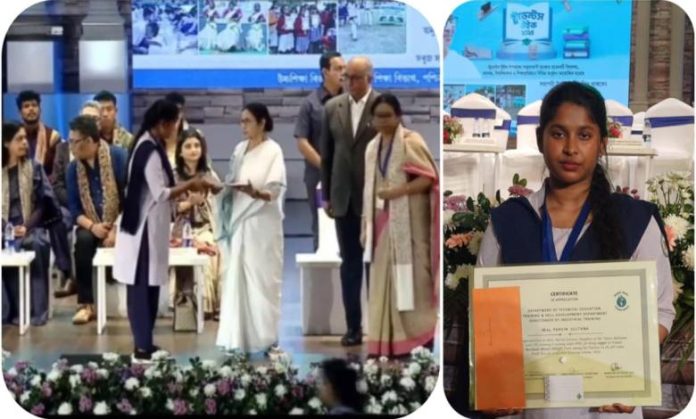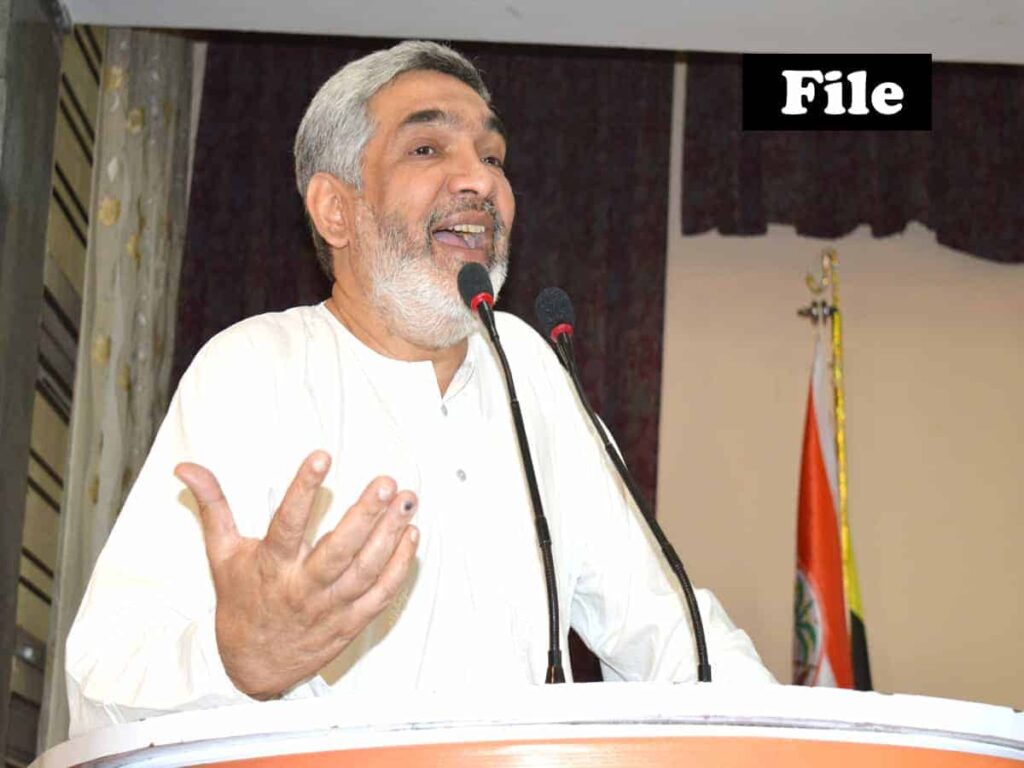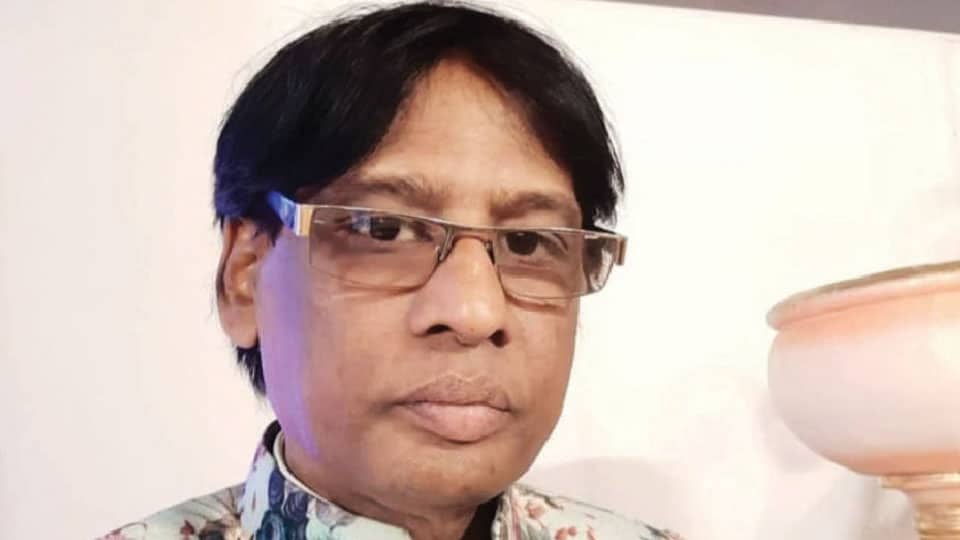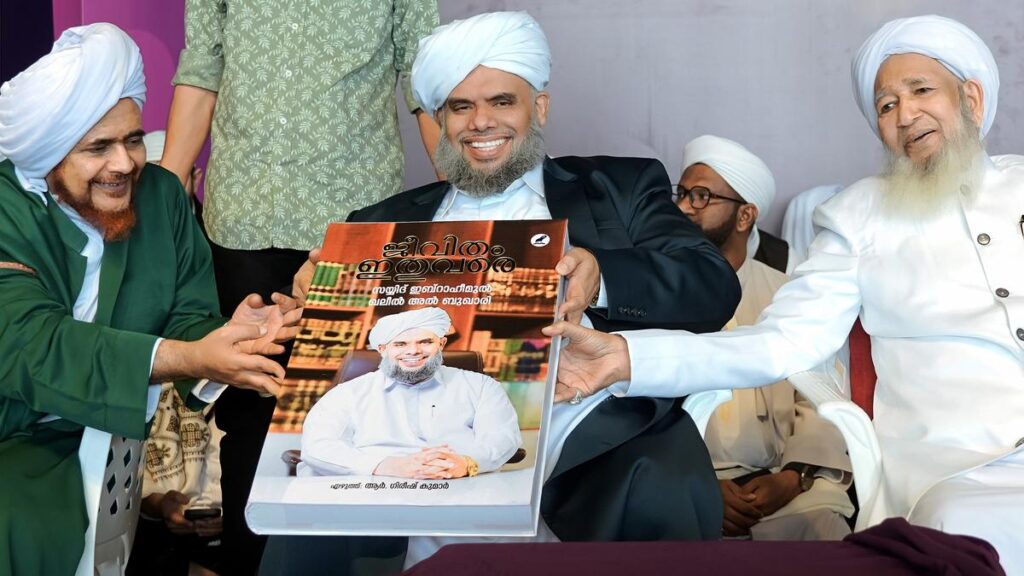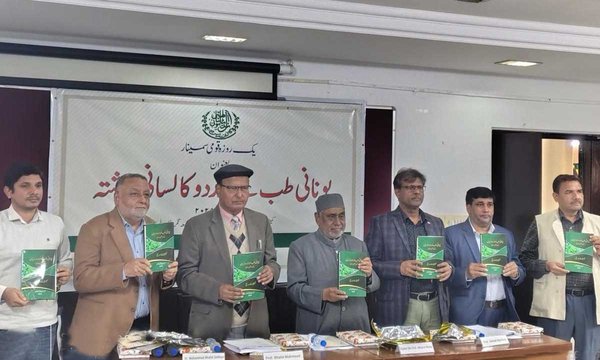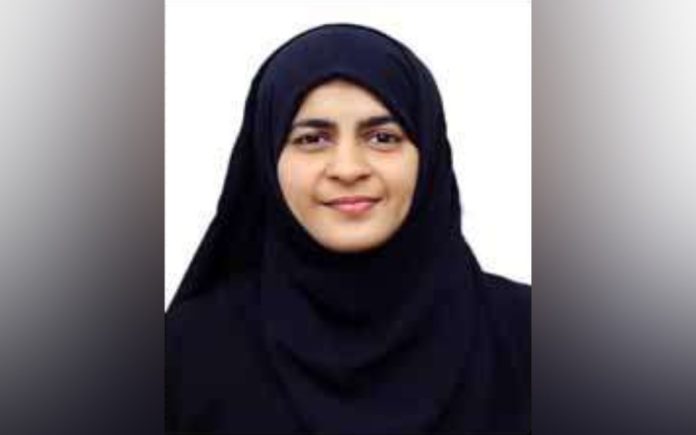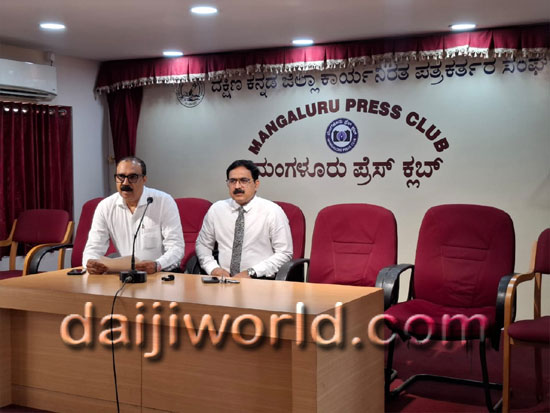Bengaluru / Mumbai / Dubai, U.A.E :

A painting combats drugs.Horses displaying power in colour.
Renowned artist Akbar Saheb has been immersed in the field of art for over 50 years. He has been living and working in Dubai since 1996, and has been honoured with the Golden Visa for his many artistic achievements and exceptional creative contributions to the UAE, his adoptive country, and India, his home country.
His vast collection of artworks, inclusive now of over hundreds of paintings, spans various mediums, including those created in oil, acrylic, watercolour, and more recently, sculptures. His exhibitions extend to both global and local audiences. Among others, he has had a notable solo exhibition done in a new style he calls “Depthism” at Jehangir Art Gallery Mumbai (2023).
Later, he hosted another art event in Delhi. The theme was tolerance and Akbar Saheb says that “many people, including foreigners, were mesmerised by the artworks and their creative ideation.”
In 2024, he had a solo exhibition at the Al Habtoor Polo Resort and Club in Dubai. “It was a huge highlight of my creative career,” says Akbar Saheb. His artistic prowess has transcended borders, earning him recognition from the Indian government also. He has been invited to participate in governmental initiatives, such as Prime Minister Narendra Modi’s Mann Ki Baat (Conversations of the Mind) book.
He was the only artist selected to illustrate the volume; it won him recognition in the Rashtrapati Bhavan (President’s House) and with the public also, during the official launch of the volume. In 2022, he showcased his artwork in 6 solo exhibitions held across India, supported by the Indian Prime Minister’s Office. The shows were held in Ahmedabad, Baroda, Surat, Rajkot, Delhi and Varanasi; they were attended by many VIPs. Akbar created a collection of 55 paintings which served as platforms that presented India’s progress and the transformative impact of Mann Ki Baat initiatives.

Akbar Saheb in a contemplative mood.
The seeds of Akbar’s artistic journey were sown at the tender age of seven. Despite the absence of significant family support, he diligently pursued his passion for art. He began by crafting shop signboards and assisting college students with biology drawings, to finance his sketching material. Years later, his creative flair propelled him to leading advertising agencies, where he specialised in illustration with airbrush techniques. His dedication to art ultimately took him from India’s Bangalore and Mumbai, where he worked in major companies, to Dubai.
His paintings, especially those of horses, feature a bold use of colour and a fearless instinct to show movement. The firm brushstrokes are the vectors of the energy, vitality and dynamism of the animals. The pictures bring memories of the work of Indian artist M. F. Husain, whose horses too portrayed majesty and power.
Akbar Saheb is not merely an artist; he is a compassionate soul with a deep commitment to humanity, particularly towards children with disabilities. Through specialised painting classes and international collaborations, he empowers the children to express their artistry. “I strive to inspire children to embrace art, fill their minds with colours, and explore the world through creativity,” he says.
He has launched painting classes and charitable projects for disabled children, providing them a space for artistic expression and has also auctioned paintings for donations and charity. In an interview, Akbar shared his experience working with the children. “Engaging with these children and witnessing their resilience and creativity is truly humbling,” he said. “They inspire me and remind me of the beauty and strength within each person. Through such efforts, I hope to inspire others too to support and uplift special children, as they live their life and pursue art. Together, we can create a more inclusive and caring society.”

A composition by Akbar Saheb..
Alongside art sessions, the activities he initiates are aimed at raising resources for the development of children with special needs. His aim is to provide them with the necessary assets, materials and educational opportunities to nurture and develop their artistic talent. Investing in their growth, he believes, can create a future where every child, regardless of his or her ability, can thrive and contribute to the community.
Akbar’s extensive portfolio showcases an eclectic array of creative concepts, themes and styles – he has exhibited his works worldwide. “Recently,” he says, “I was invited to do live painting during the Gold Cup final at the Al Habtoor Polo Resort and Club. Both the teams involved played well; it was an intense match and ended in a tie. But finally, the UAE Polo team broke through, winning the final. My painting was gifted to the winning team for their amazing performance and playing skills!”

A painting titled Black Money.
Sheikha Maitha bint Mohammed bin Rashid Al Maktoum was the Patron of the event, for the sixth time, and also led the winning UAE team. Sheikha Maitha was the first woman from the UAE to represent the country in the Olympics, in 2008.
Akbar Saheb is known to numerous celebrities and prominent people; many of them own his paintings. He has produced multiple works depicting the UAE’s culture, and the growth of the country. The 18×7 foot, 50 year golden jubilee painting; paintings on Sheikh Zayed and Sheikh Mohammed bin Rashid Al Maktoum; plus over 50 paintings on UAE culture, are among his prized creations. His works range from commissions given by well-known individuals, to paintings done for his own satisfaction. Themes include horses, polo, history and culture and human existence, among others.
source: http://www.gulftoday.ae / Gulf Today / Home> Culture / by Muhammad Yusuf, Features Editor / February 24th, 2025
